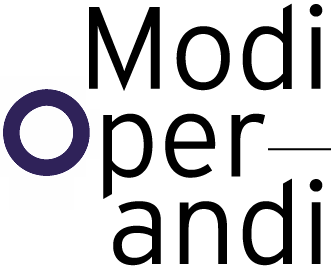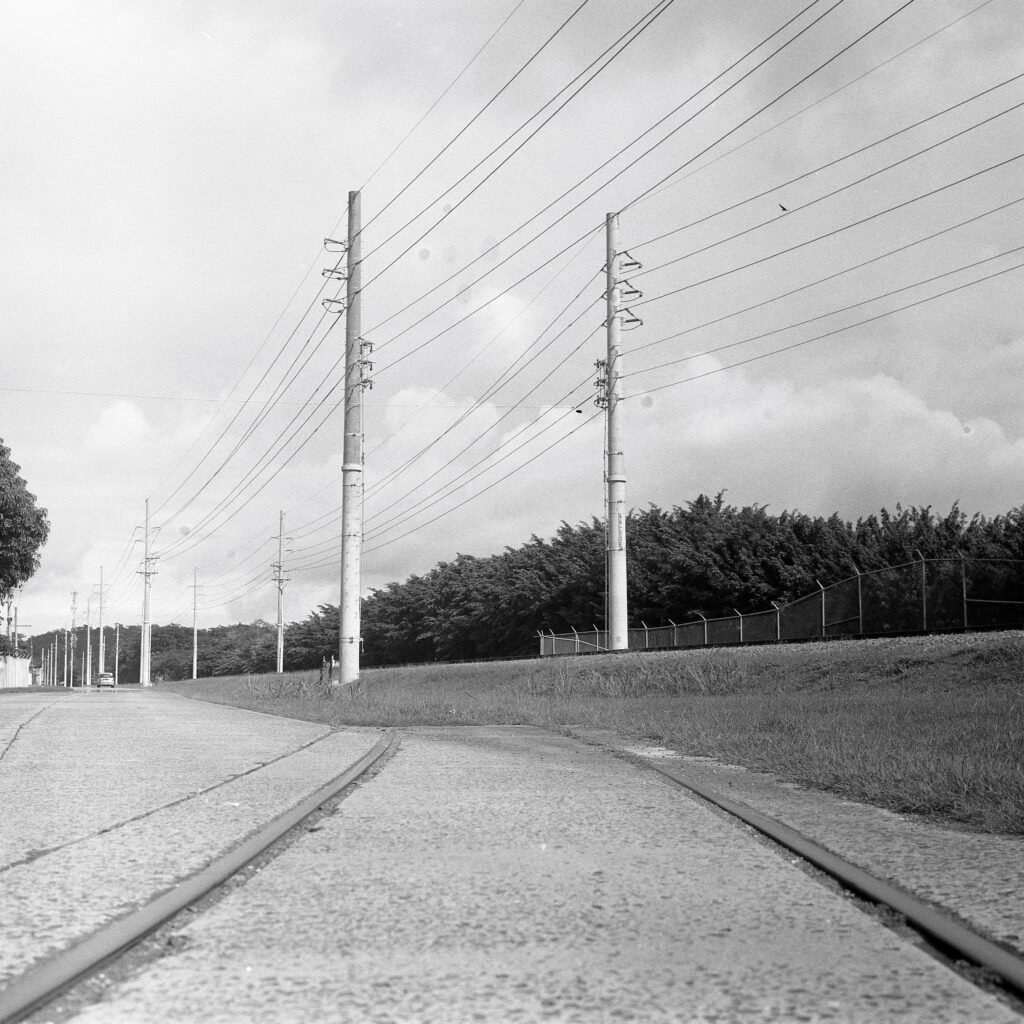SIGHT AND SIGHTLESSNESS
Protention, as conceived by Edmund Husserl and later Bernard Stiegler (1998) [17] , is the projection of memory- it is a future passed (be it as imagined, or through technical object, the core concept remains). Paradoxical as it may seem, it is a necessary feature of the human experience – it enables us to anticipate, speculate, and exist between one moment and the next comfortably. As Derrida outlines in his book, Memoirs of the Blind , the hand seeks out, before the eye, in search of… [18] There is at once, in this moment, an anticipation of a handrail, or for the next footstep, the anticipation of meeting the floor. Simultaneously, however, there is an apprehension . The position of a handrail or floor cannot be known without action, a seeking-out, and a sense of expectancy. So, there is an apprehensive manner to this progression; it is not without caution that the blind charge forth in the dark. There is always the chance that there is no floor, but a cliff. This occurs in the same way that one might write a sentence, be they blind or not. Words are sought out one by one, or in phrases as the sentence is stringed together; rarely entirely thought out and then to the beat enunciated or typed out written. [19] Likewise, any illustrative act, photograph, or architectural drawing anticipates some as-of-yet unknown result. There is talk of a ‘sightlessness’ in the creative act – an inherent indeterminacy, a sense of not-yet knowing, a chance for falling, that the tracks might run out.
The surface is that very boundary by which we are able to recognize a difference between two distinct things – but is, in fact, non-existent as a 2D entity in a three-dimensional space. It cannot be singled out, removed, or captured by its distinct form but is the manifestation of a Deridian difference – that is to say, in the same sense that a word gains its meaning from its distinction to other words, our ability to recognize a thing as such is due to its distinction from its surroundings. [20] This distinction occurs at the surface, where one material collides with another, at the periphery of form – this distinction exists in a state of continuous change, or continuous state of becoming; the surface ‘happens’ just as the frame on a painting, the Parergon to the work, happens as a means to separate the painting from the wall, the work from its surroundings. [21] Understanding reality in a state of constant entropic movement and flux, in which objects dissipate and tend towards a homogenous mixture, when, where, and how does their shared surface disappear and a homogenous mixture emerge? Perhaps, the differential surface was never there in the first place – which would (alarmingly) seem to suggest, we are already living in some sort of homogenous mixture, save that our embodied experience in the material world gives matter its distinction. We should evaluate the process by which this dynamic entity (the surface) takes shape, modulates, speaks to that which is contained by it and that which is extensive beyond it.

